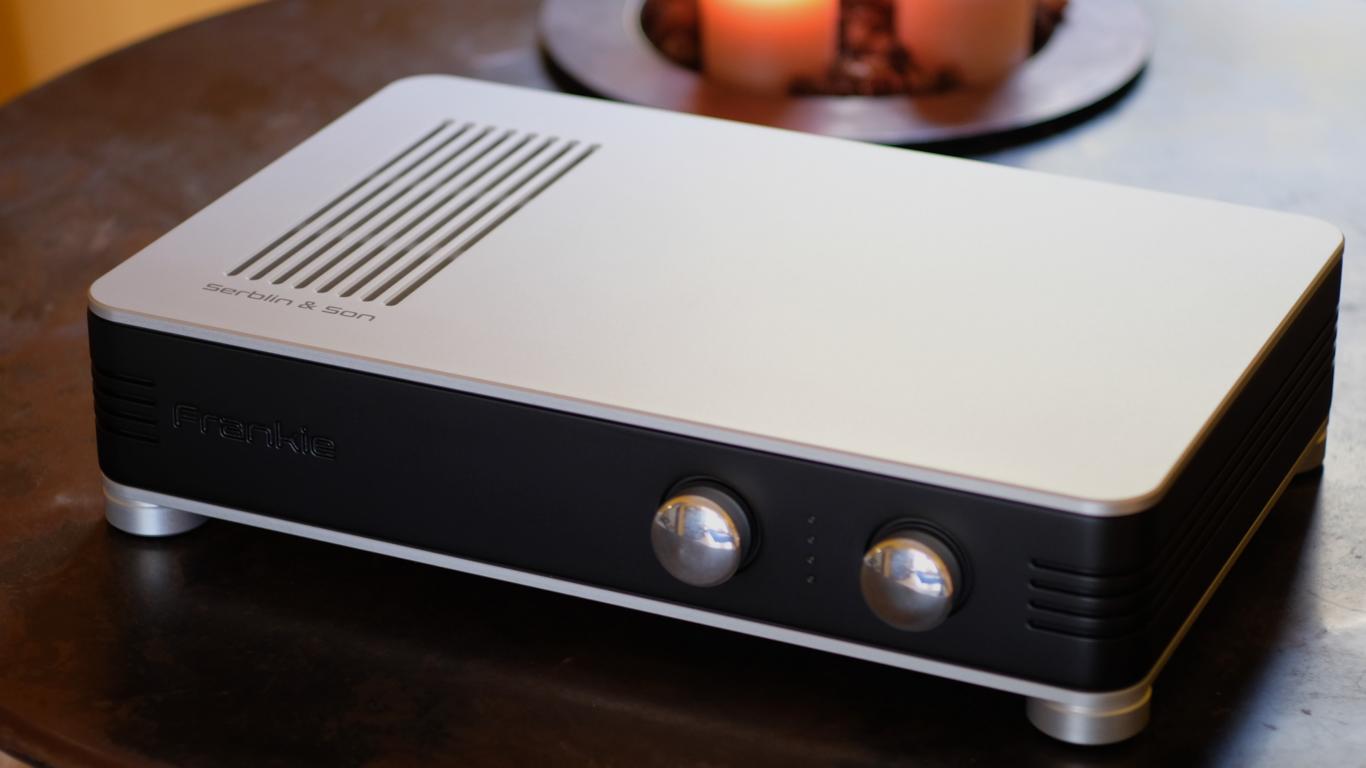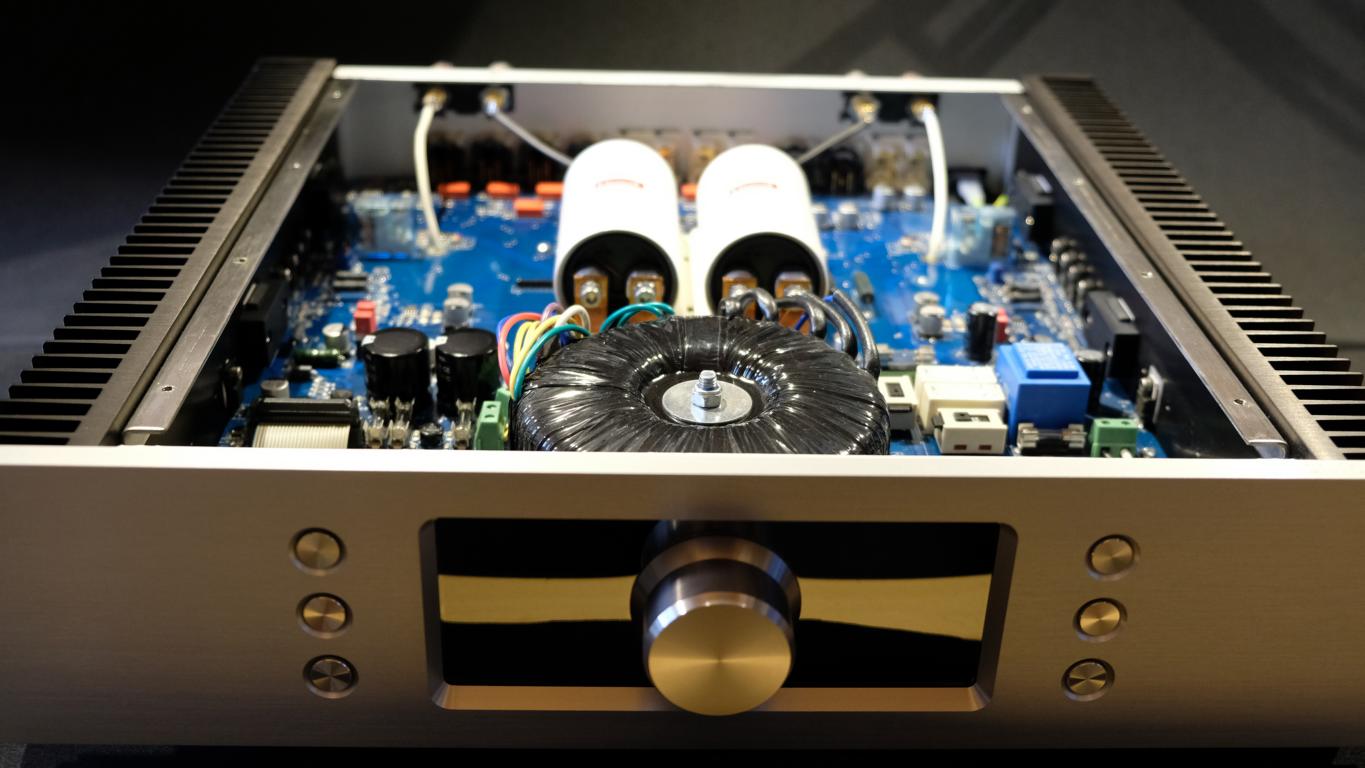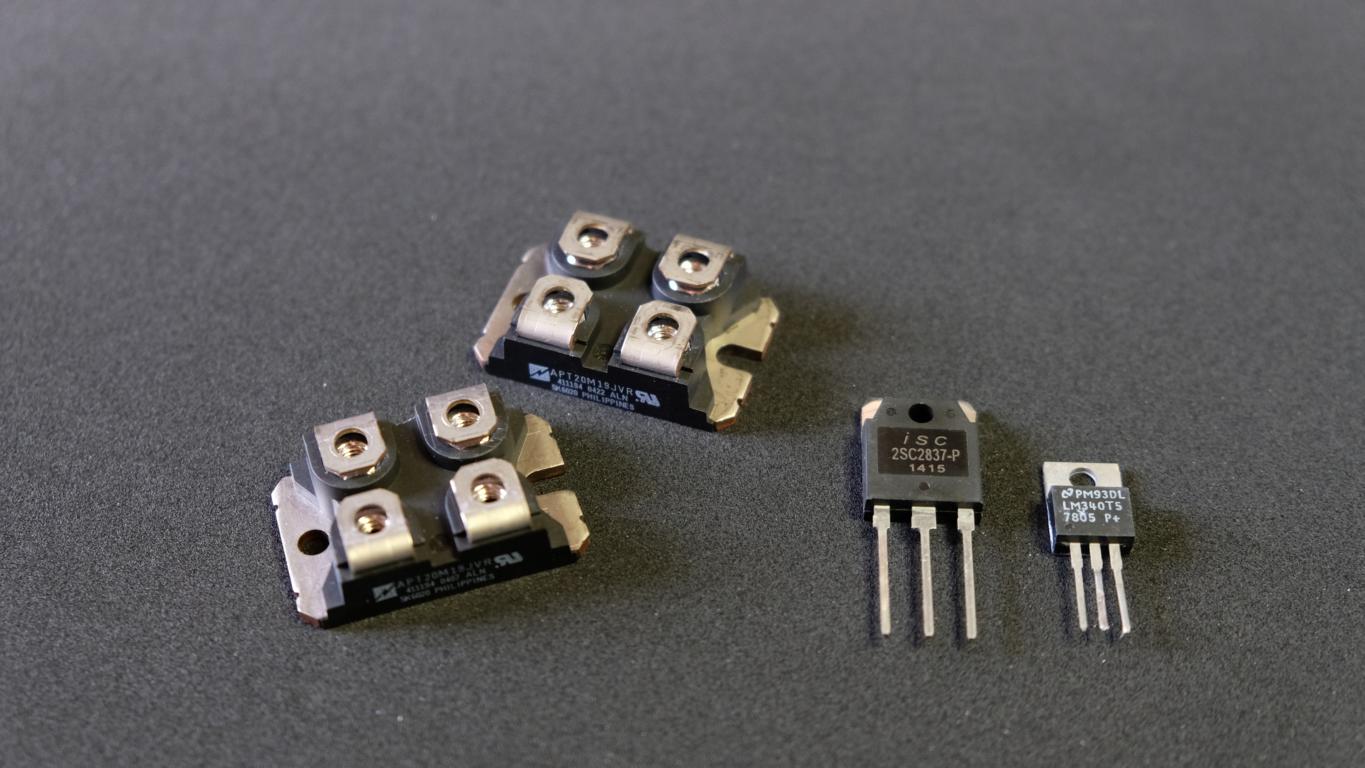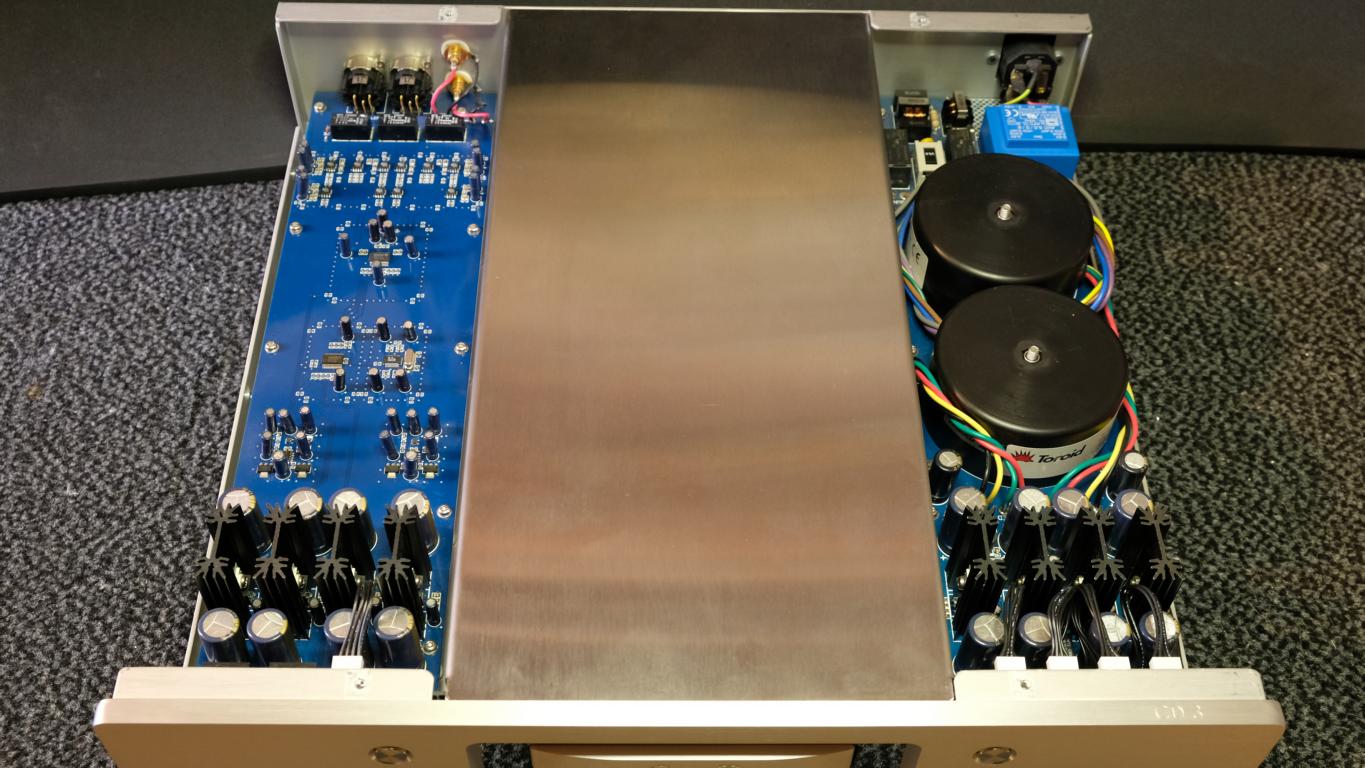Gamut Audio from Denmark
How it all started
Please click to go back to germanSince 2013 I have been working with the German distributor of Gamut Audio, Musik im Raum from Wiesbaden. Via the sales department I get the devices that either are defective or have received a so-called upgrade. In an intensive exchange of experiences with the leading developers at Gamut Audio from Denmark and with a lot of our own I put my heart and soul into developing the necessary knowledge to do justice to the high-quality electronics.
Of course, you can also send me your Gamut devices directly.
My achievements

Repairs
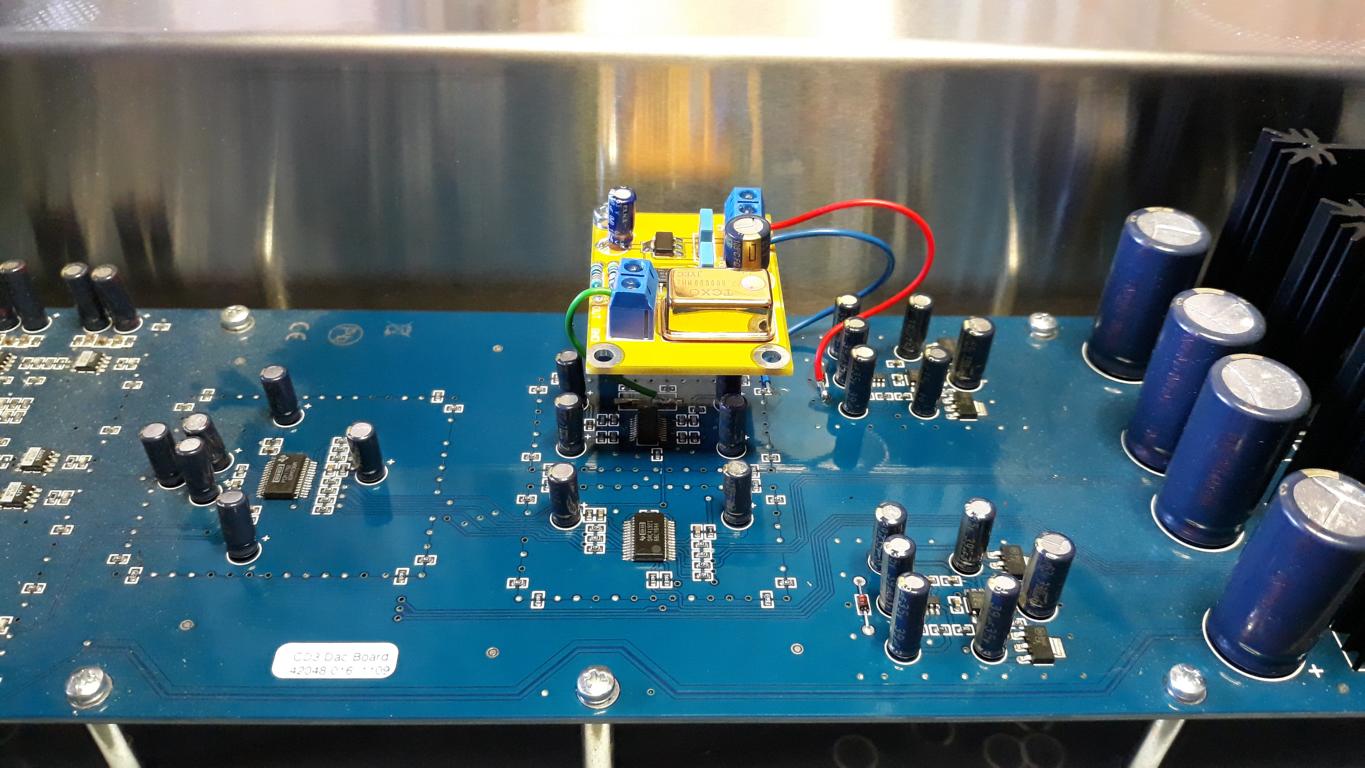
Upgrades
In the meantime, Gamut Audio has unfortunately stopped producing the electronic components. Only two speaker series are produced. That's a shame - precisely because they Output stages have a completely unusual circuit. Conventional transistor output stages have a whole battery of output transistors in parallel for greater output power switched to get the corresponding output currents.
In the gamut output stages, only two high-performance MOSFETs are built into the power output stage per channel. According to the data sheet, these industrial MOSFETs can deliver peak currents of up to 455 A. The power loss of one of these worn-out FETs is 500 W - as a logical consequence, a gamut brings up to 700 W continuous power to a two-ohm load.
What is a little neglected in the various tests and descriptions is that there are no so-called complementary transistors in the power output stage in this circuit. Thanks to clever control, two N-channel MOSFETs are installed despite the classic push-pull topology. Gamut called this circuit variant "Single MOSFET". This has two major advantages:
There is no need for time-consuming selection when many individual transistors are connected in parallel - where less is built in, less can go wrong ...
The complementary transistor normally required in the output stage circuit (i.e. a P-channel MOSFET) does not have the same characteristics as its N-channel counterpart.
Here you can see two of these impressive MOSFETs (APT20M19). For the size comparison you see an 2SC2837 (NPN power transistor with max 100W power loss) and a voltage control IC in the TO220 housing.
Although the power amplifiers have endless power and also drive critical loudspeakers such as electrostats or other power-hungry loads effortlessly, you can also use them loudspeakers with high efficiency show their charms to the full:
Hammer-hard bass reproduction, fast and dynamic pumping and almost in the overtone range like an extremely good tube power amplifier.
This special circuit concept was used in various output stages: the stereo output stage D200, the integrated amplifier DI150, the mono output stages M200 and the M250 mono power amplifiers. The Monoblock M200 is basically a halved D200 in its own housing. In comparison to an M200 monoblock, the M250 monoblocks have more than four times the power supply capacity and bring an additional 50 watts to the terminals. A D100 was still quite rare - these were used in power electronics two normal output transistors installed. However, the performance and sound of the first early versions did not reach the level of the real power amplifiers. The last series of the D100 (recognizable by the white mains electrolytic capacitors from RIFA) comes - except for the performance - pretty close to the sound of the big D200.
I offer an upgrade to D200i for all versions of the D200. The optical Changes (round power button and mirrored nameplate instead of the Aluminum plate) unfortunately I can't because of parts that are no longer available build in more. The upgrade is purely internal, the old look is retained.
The upgrade costs 1800, - € * for a D200 MK3 and 2100, - € * for D200 MK2 and older D200 or Sirius D200.
The upgrade for a pair of M200 Monos costs 2000, - € *.
The upgrade provides even better bass control (the Output resistance becomes smaller or higher damping factor), the Treble reproduction is finer, not so hard, the whole sound looks smoother and very confident. The incredible ease of Bass reproduction and overtone reproduction similar to the tube sound remain natural receive.
I can also upgrade the integrated amplifier DI150 to the so-called "Limited Edition DI150". In the LE version, as in the output stages, the output resistance has been reduced again, as well as part of the wiring with gamut silver conductors. It is definitely worth thinking about a revision. The cost of the LE 150 Upgrade cost € 900 *.
The CD3 from Gamut was also exceptional. Very clear design, no superfluous buttons and can even be operated in the dark thanks to the illuminated text in the display. It's worth looking out for this great player in the used market. Depending on the condition and available accessories, you can go digital for between € 1600 and € 2000 Get on top of the league.
Here you can see the three-part structure of a Gamut CD3 very nicely. On the right the power pack with separate power supply for analog and digital. In the middle the completely shielded drive unit and on the left the converter board with the output stage.
If your Gamut CD player is getting on in years and CD playback is causing problems, give me a call - I'll be happy to help you.
* all prices include 19% VAT.

